#Sedan
2016 Honda Accord Sport 6MT Review - High Expectations
Quality of life is about making the best of your surroundings. There isn’t a car on the market today that reflects that ethos more than the Honda Accord.
After years of growing to make room for smaller models in the lineup, the Accord — which has gathered accolades as the most reliable choice in the family car segment for decades — has skipped having a midlife crisis, and is still playing like a kid. It would be easy to say the Accord has always been a favorite for us, but as the competition improves, we wanted to come back and give the Accord another go.
Here’s what we learned after several days of puttering around southern California in the Accord Sport, the value-priced model that hits the sweet spot of what you have and what you want.
Junkyard Find: 1968 Volvo 140 Sedan
How is it that there are still sufficient Volvo 140 s left, more than 40 years after production of the original Swedish brick ceased, that you’ll still find plenty of them in American wrecking yards? Not in the quantities you’ll find of their 240 descendants, of course, but anybody driving a 140 today should have no problem getting parts.
2016 Infiniti Q70L 3.7 AWD Review - Go Long, China
It’s been somewhat challenging in the recent past to keep up with all the model name changes at Infiniti, but such is the case in the automotive luxury marketplace. One year real names are the ultimate fashion statement; the next it’s letters and numbers.
Infiniti seems to have taken this into consideration with naming its 2016 Infiniti Q70L 3.7 AWD.
Junkyard Find: 1979 Ford Granada Sedan
I took my first driver’s test, in 1982, in a loathsome ex-rental-car 1979 Ford Granada sedan, a car that made my beige 1969 Toyota Corona sedan seem both fun to drive and cool by comparison. Since that time, it makes me happy each time I see a pre-Fox Platform Granada (or its Mercury sibling, the Monarch) in the junkyard. Where it belongs.
Junkyard Find: 1992 Pontiac LeMans Sedan
General Motors brought Opel Kadetts into the United States via several routes over the years. They came from Germany and were badged as Opels at first, Isuzu built “Buick Opels” a bit later, then Isuzu dealers sold them as I-Marks (the Chevette was also a Kadett sibling, but at least it was American-built). By the late 1980s, the Kadett’s American cousin was the Daewoo LeMans, a crappily-built Korean front-wheel-drive miserybox based on the Kadett E. Few were sold, and nearly all of those were three-door hatchback versions.
Here’s an exceptionally rare LeMans sedan, from the next-to-last year of American-market sales, that I spotted last week in a Denver self-service wrecking yard.
Junkyard Find: 1971 Volvo 144
The Volvo 140 was the first of the beloved brick-shaped Swedes. It was built for the 1967 through 1975 model years, and it served as the basis for the legendary 240. I owned one, briefly, and found it was a very competent machine for its era. These cars are not worth big money today, unless they’re in excellent cosmetic shape, so the ones that stay on the street tend to do so because their owners can keep them running for cheap.
VIDEO: Dykes Reviews the New 2016 Chevrolet Volt, and You Should Watch It
This weekend, Alex dropped a bonus video review of the all-new 2016 Chevrolet Volt for us to enjoy. Unfortunately, he’s also been too busy building sheds to do a full review, so this is all we’ve got.
(It’s okay, though. The best work happens in a shed.)
Want to check it out? Hit up the video after jump.
European First Drive: Jaguar XF 2.0d
There’s something unique about Jaguars. For some people it’s the aristocratically British character, sporty pedigree and classic, elegant style of Jaguars that make them special. For others it’s the strange technical solutions, uncomfortable compromises and utter lack of reliability that make Jaguars a non-option.
These two groups aren’t likely to agree about much when it comes to Britain’s luxury marque, but both camps will likely be of the opinion that a four-cylinder diesel engine doesn’t fit the driving experience emoted by Jaguar’s iconic Leaper.
Will the upcoming Jaguar XF 2.0-liter diesel still be a proper Jag? Or will its stops at oily diesel pumps also frequented by Ford Super Duty pickups and NOx-belching Volkswagens cover the brand’s grand sporting image in a thin layer of soot?
We already have it in Europe, so I took the opportunity to find out.
2016 Nissan Maxima SR Review - The Impurist's Sports Sedan
Like cockroaches scattering in the light, Americans are fleeing sedans for the upright comfort and wagon-like space of crossovers.
The full-size sedan segment has recently been hit hard, Maxima included. Since 2012, the auto market has expanded 20 percent, while full-size sedan sales have contracted 14 percent. Based on an aging design and the entrance of Korean rivals, the Maxima’s 12-percent market share in 2012 dwindled to eight percent in 2015.
There is a fair chance no more than six people will read this review, and five of those readers will be future doctoral students deconstructing the final days of the sedan. Does that mean no matter how good the Maxima is — or could be — it’s doomed to fail?
Honda Orders Stop Sale of 2016 Civic, 2-liter Engine to Blame
CivicX is reporting that Honda has ordered a stop sale on all 2-liter four-cylinder-equipped 2016 Honda Civics. To blame: piston pin snap rings, which may be incorrectly installed or not installed at all.
This is the first recall of Honda’s tenth-generation Civic and includes 33,735 units in the United States and an additional 8,000 units in Canada. The recall has not yet been disclosed by the National Traffic Highway Safety Administration or Transport Canada.
According to an official Honda communication to dealers, the missing or incorrectly installed piston pin snap rings “may cause engine stall or failure.”
2016 Nissan Sentra Review - Nissan's Compact Goes Premium
Traditional car shoppers are moving away from small sedans and toward compact crossovers. That’s the conventional wisdom used to explain the slowing sales we see in some models. But could there be another reason? Could it simply be a lack of focus and attention to the compact segment?
There is one model that’s seen a meteoric rise in sales since 2013: the Sentra. Nissan’s complete overhaul three years ago and aggressive pricing doubled Sentra sales since then, moving it from a “top 15” player in sales to number five in 2015.
In an effort to maintain the trajectory, Nissan opted for a major refresh after just three years on sale. (Sounds like the Honda plan with the Civic, doesn’t it?) Perhaps the key to compact success is a combination of frequent updates and more gadgets for shoppers to choose from. That sums up the 2016 Sentra perfectly.
2016 Honda Civic EX Review - All-in on Active Safety
Honda received much flogging from the press for the last-generation Civic. The 2012 model was the result of Honda improperly reading the Magic 8-Ball amid the global slowdown. Honda’s decision makers assumed shoppers would be looking for something more modest, perhaps even austere, and changed direction to suit. The competition, assuming shoppers would be looking for greater creature comforts in a smaller package, went the opposite direction and doubled down on luxury features.
The conventional wisdom has been that Honda “stepped in it” with the ninth-generation sedan. Journalists complained about the plastic quality, the styling and … customers paid little attention. The Civic’s sales dipped slightly in 2011 during the changeover, but rapidly rebounded to over 315,000 units a year since. Some would say that Honda’s “emergency refreshes” were the reason for the sales success, but I propose a different answer: the continued sales success of the lesser-than Civic and an increase in sales of “premium” compacts showed there was plenty of room in the segment for both.
Whatever the reality, one thing is for certain: When it came time to design the tenth-generation Civic, Honda had “austere” removed from the company dictionary.
Mitsubishi Mirage G4 Sedan is Coming, On Sale This Spring in US
Mitsubishi in Canada on Monday posted a teaser shot of the rear end of the new Mitsubishi Attrage that’ll make its debut in Toronto at the 2016 Canadian International Auto Show next month before it goes on sale in the U.S. and Canada.
Mitsubishi’s spokesman John Arnone posted a picture of himself standing next to the sedan at a shoot in Vancouver, which doesn’t really leave much to question. It’s clearly the small sedan, which will be one of two new models bound for Canada and the U.S. in 2016.
Perhaps next we’ll get a teaser of the Outlander PHEV’s roof with a Tim Horton’s coffee cup sitting on it. Thrilling stuff.
2015 Ford Focus SE Rental Review
Once more into the breach, dear friends / Or close up the segment with our heavily-rebated dead.
This is the third time I’ve encountered this generation of Ford Focus SE, having enjoyed the car on its press preview and suffered through an overheated PowerShift sedan in Florida traffic a year later. Now I return once again to this vaguely-Germanic ground, this time for a 448-mile odyssey through the Michigan winter.
Since we last met, the Focus SE has been given a thorough and comprehensive revamp, from the new global front end to what looks like an all-new interior. The price has also been favorably adjusted. Is it enough to put the aging Euro-compact back on your personal radar screen?
NAIAS 2016: 2017 Mercedes-Benz E-Class is the Base, But Far From Basic
When you consider the 2017 Mercedes-Benz E-Class will spawn nearly a baker’s dozen variants in its time — coupes, performance models, wagons (please?) — the donor sedan can end up less thrilling than white bread. The remedy for this, like anything else in life, is to put a screen on it.
Fussy child? Screen. Long flight? Screen. Mid-size luxury sedan? You guessed it.
In addition to sporting the much hyped configurable screen setup from this year’s Consumer Electronics Show, the new 2017 Mercedes-Benz E-Class will sport two fewer cylinders (to start) and a longer list of semi-autonomous driving features that won’t be available in the U.S. to start.




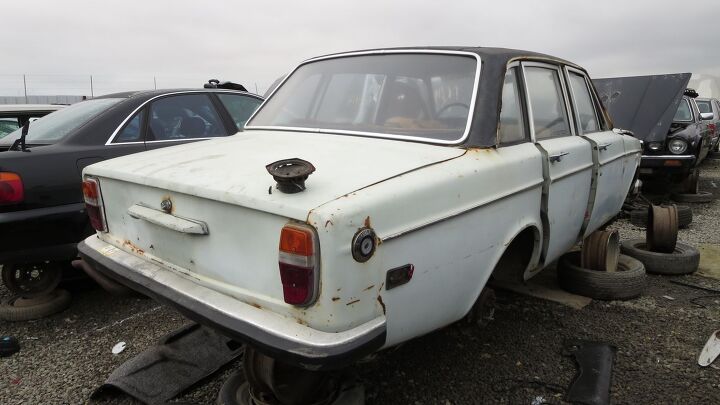

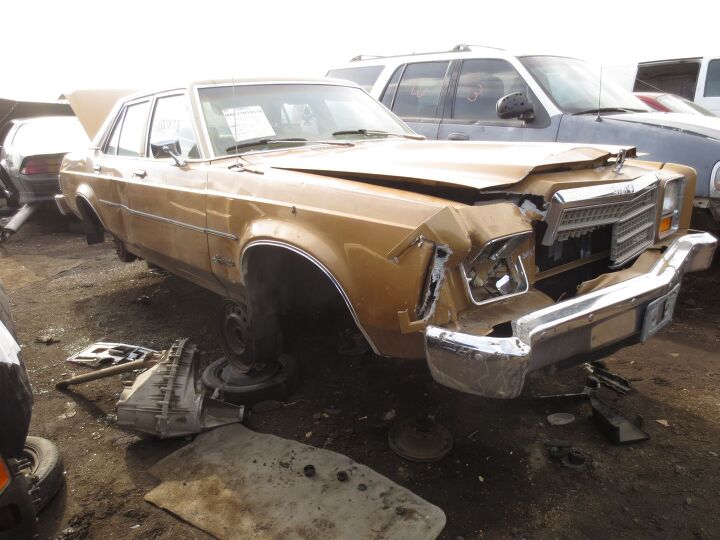
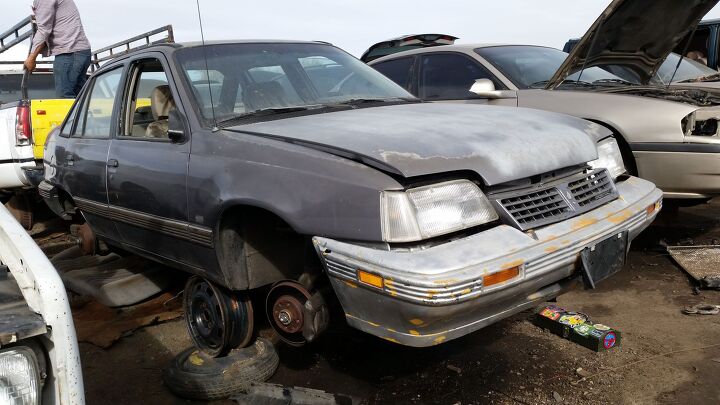
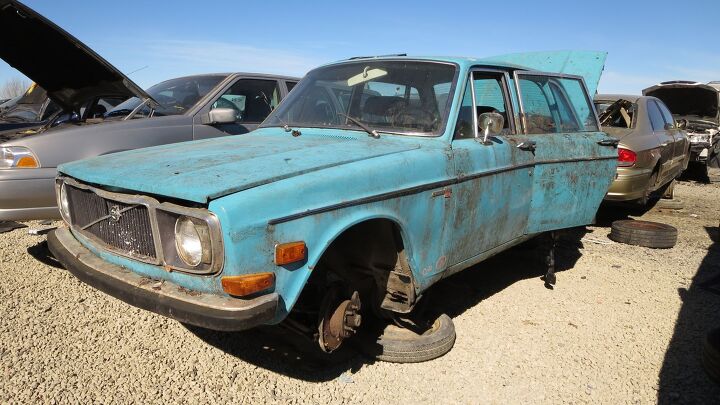
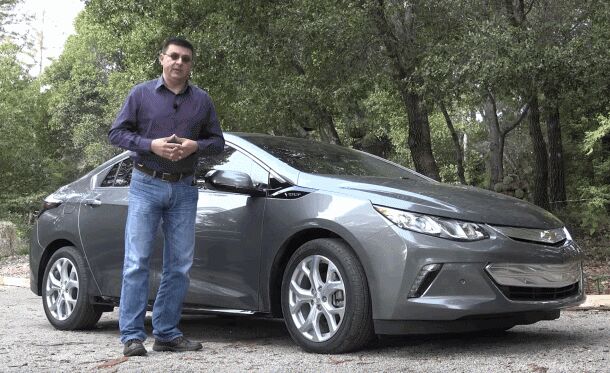
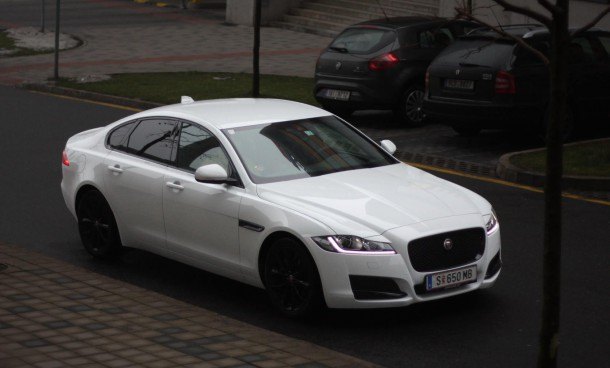
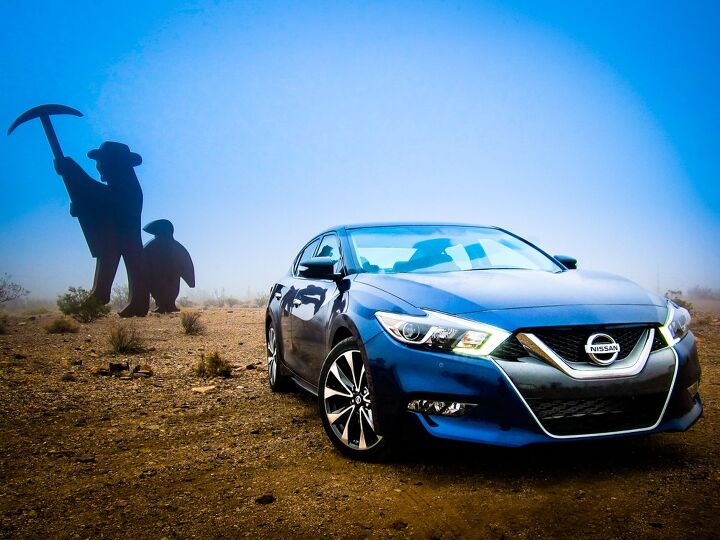

















Recent Comments